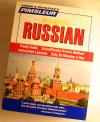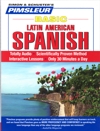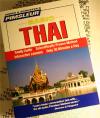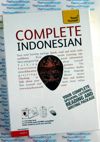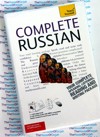Pimsleur Basic Hungarian - Audio 5 CD -Discount - Learn to speak Hungarian
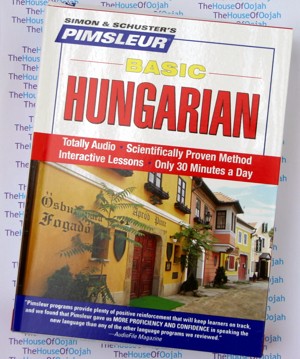
Pimsleur Hungarian5 Audio CDsGet Other Pimsleur language learning Audio click here |
 |
Pimsleur Hungarian - 5 Audio CDsBrand New : 5 Audio CDs Brand New 5 CD's About the Hungarian LanguageHungarian is a Uralic language (more specifically a Ugric language) unrelated to most other languages in Europe. It is spoken in Hungary and by the Hungarian minorities in seven neighbouring countries. The Hungarian name for the language is magyar. Hungarian has long been of great interest to linguists as one of the small number of modern European languages that do not belong to the Indo-European language family. Due to the Uralic heritage, Hungarian often sounds completely foreign to speakers of Indo-European languages. It is commonly considered to be one of the most difficult languages for speakers of English (or other Indo-European languages) to learn well. There are about 14.5 million native speakers, of whom 9.5-10 million live in modern-day Hungary. Some two million speakers live in areas that were part of the Kingdom of Hungary before the Treaty of Trianon. Of these, the largest group lives in Romania, where there are approximately 1.4 million Hungarians (see Hungarian minority in Romania). Hungarian-speaking people are also to be found in Slovakia, Serbia, Ukraine, Croatia, Austria, and Slovenia, as well as about a million people scattered in other parts of the world (see Geographic distribution). Hungarian is a highly inflected language in which nouns can have up to 238 possible forms. It is related to Mansi, an Ob-Ugric language with about 4,000 speakers who live in the eastern Urals, and Khanty or Ostyak, the other Ob-Ugric language which is spoken by about 15,000 people in the Ob valley of western Siberia. The earliest Hungarian literature, dating from the 12th century, was in Latin. Texts in Hungarian started to appear during the 13th century. The first book to be printed in Hungarian was published in 1527 in Krakow, Poland. Hungarian literature flourished during the 18th and 19th centuries.As with many European languages, there are a few hundred thousand speakers of Hungarian in the United States as well. Hungarian is a Uralic language, more specifically an Ugric language and the most related languages are Mansi and Khanty. Connections between the Ugric and Finnic languages were noticed in the 1670s and established, along with the entire Uralic family, in 1717, although the classification of Hungarian continued to be a matter of political controversy into the 18th and even 19th centuries. Today the Uralic family is considered one of the best demonstrated large language families, along with Indo-European and Austronesian. The name of Hungary could be a corruption of Ugrian, and the fact that the Eastern Slavs referred to them as Ugrin (pl. Ugrove) seemed to confirm that . However, current literature favors the hypothesis that the Turkic "On-ogur" ("Ten arrows" or "Ten tribes") is the origin for the word Hungarian . There are numerous regular sound correspondences between Hungarian and the other Ugric languages. For example, Hungarian /aː/ corresponds to Khanty /o/ in certain positions, and Hungarian /h/ corresponds to Khanty /x/, while Hungarian final /z/ corresponds to Khanty final /t/. For example, Hungarian ház (IPA: [haːz]) "house" vs. Khanty xot (IPA: [xot]) "house", and Hungarian száz (IPA: [saːz]) "hundred" vs. Khanty sot (IPA: [sot]) "hundred". |
Pimsleur Hungarian - 5 Audio CDs |
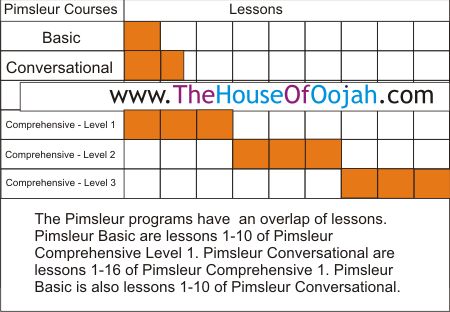

 0 Items (Empty)
0 Items (Empty)

